Tafseer-e-Naeemi by Ahmed Yaar Khan: A Popular Sunni Tafsīr in Urdu
In South Asia, Muslim lives are characterized by their cosmopolitan aspect. Additionally, the South Asian heritage of Qur'anic interpretations is utilized to help non-Arab people understand the Truth and the universality of the Quran. Some exegetes could not complete their exegesis, but the successor finished the work. Examples of exegesis from South Asia are the Tafsir-e-Ashrafi and Tafsir-e-Naeemi were created. Tafsir-i-Naeemi, also known as Ashraf al-Tafsir, is an interpretation authored by Mufti Ahmad Yaar Khan Naeemi, a renowned scholar and thinker from India who lived in the 20th century. This tafsir is his masterpiece.
Hakeem-Al-Ummat Mufti Ahmad Yaar Khan Naeemi is one of the famous academic and literary personalities of the Indian subcontinent. He was born on 4 Jumad Al-Awwal 1314 AH (March 1, 1894) in Badawan. At the age of about three years and 11 months, he began his primary schooling and was taught Arabic and the Holy Quran. His father taught him Persian. He started school in Badawan when he was seven years old and finished it at three Madrasas sequentially. He received the title of Mufti for writing the first fatwa in Jamiya Naeemiya Moradabad at the tender age of 18. Because he had penned a super commentary (hashiyah) of Ahmed Raza Khan's well-known Tafsir Kanzul Iman. As a result, he was referred to as Hakeem Al-Ummat by Masoom Shah Qadri's movement in Pakistan, where Islamic experts congregated. According to Sheik Bilal Ahmad Siddiqui's understanding, Mufti Ahmad Yaar Khan Naeemi acquired 40 various sorts of knowledge.
Ahmed Yaar Khan dedicated his entire 50-year career to promoting and teaching Islam. Following graduation, he worked as a teacher under Sadr Al Fazil Syed Muhammad Naeemuddin in the Jamiya Naeemiya Moradabad, Madrasa Maskiniya, Kuchuchha Sharif, and Bhikhi Sharif. He then travelled to the Gujarat District, where he lived the rest of his days. He worked as a teacher in Gujarat for 12 and 13 years at Darul Uloom Khuddam Al-Sufiya and for ten years at Anjuman Khuddam Al-Rasul. He has around 500 works, some of which were ruined during the partition of India and some of which remain unpublished. In addition to Tafsir Naeemi and Noor Al-Irfan which are his works in the fields of Interpretation of the Quran, he authored Miraat Sharah Mishkaat in Hadith, commentary of Shaih Al Bukhari, Fatwa-e-Naeemiyya, Jā’a Al-Ḥaqq and Ilm-ul-Qur’ani were also from his contributions. Additionally, he wrote extensively on philosophy, logic and inheritance.
Mufti Ahmed Yaar's personality was so straightforward that he desired to continue living this way until he passed away. He used to wear white dress only with turbans. He was extremely nice to people, as well as kind to animals.
Tafsir-e-Naeemi
Tafseer-e-Naeemi is the towering legacy of Mufti Ahmed Yaar Khan Naeemi. Tafsir-an- Naeemi is well-known among the public and the elite. Tafsir-e-Naeemi has a unique nature in its style and manner in which the Qur'anic rules and issues are explained in a comprehensive and detailed manner, and all types of ambiguities are clarified and answered with evidence and reasons. He couldn’t finish the whole compilation of Tafseer An Naeemi, but he had written only 11 volumes. He had passed away before he completed it. And the remaining verses were completed by his son Hazrat Mufti Iqtar Ahmed Khan Naeemi.
Methodology of Tafseer-e-Naeemi
Tafseer-e-Naeemi has an distinctive methodology in which the Qur'anic verses are explained in a comprehensive manner, and all types of objections are answered with reasons. The interpretation covers, in the words of Mufti Ahmed Yaar Khan Naeemi the following factors and features:
- The summary of Tafseer-e-Naeemi is collected from Tafsir Ruh al-Bayan, Tafsir Kabir, Tafsir Azizi, Tafsir al-Daqra, Tafsir Muhyiddin Ibn Al-Arabi.
- He was inspired Tafsir Khazain ul-Irfan, the renowned exegesis in Urdu written by Naeemuddin Murdbadi.
- It largely benefits from the highly renowned and relied upon Tafseer in Urdu language which is "Kanz-Al- Iman" by Ahmad Raza Khan.
- Each verse is first interpreted and then summarized and then interpreted in a mystical, attractive and faith-inspiring way.
- Academic benefits and legal issues are explained with each verse.
- Almost under each verse, the objections of Christians, other religions, Qadiani, etc., along with their answers have been explained.
He has listed eleven important things under each verses, as quotes related to the verses of Quran, literal meaning, translation done by Imam A'ala Hazrat, connection between each verses, the occasion of revelation (سبب النزول), syntax and the explanation done by other scholars, matters related to jurisprudence, theology related notes, which are more informative aspects of the Quranic Interpretation.
Between the interpretations done by Ahmed Yaar Khan Naeemi and his son Iqtar Ahmed Khan Naeemi, we can notice some changes in terms of the style and presentation. Following are some of the style variations and their differences:
-
- Mufti Ahmed Yaar Khan has given a short syntactical interpretation as well as an academic commentary, which is only titled Tafsir, while Iqtar Ahmed Khan initially gives a Tafsir under the title of Syntactic Commentary, in which literal translation and terminology are mentioned separately. Then he describes the meanings of the verse with some syntactical commentary under the title of Al-Ma’na Tafsir.
- Mufti Ahmed Yaar Khan does not write an introductory sentence when mentioning the objections, but rather goes ahead by writing the first objection, while Iqtar Ahmed Khan writes the first introductory sentence and then begins the objections with "the first objection".
- It is the habit of Mufti Ahmed Yaar Khan that while giving Tafsir he often mentions the references of Books of different interpretations while Iqtar Ahmed Khan mentions the references very rarely. The change of style and these three differences can be seen before and after verse 68 of Surah Yunus.
Reference
- Abdul Hameed Naeemi, 2012.
- Hayat-e-Hakeem Al-Ummah. Naeemi Kutub Khana,Lahore.
- Bilal Ahmed Siddqui, 2004. Haalat-e-Zindagi Hakeem Al-Ummah Mufti Ahmed Yaar Khan Naeemi. Naeemi Kutub Khana, Gujarat.
- Dawat-e-Islami. Faizan-e-Mufti Ahmed Yaar Khan Naeemi. Babul Medina, Karachi.
- Muhammad Ibrahim. 2006. Translation of the Noble Qur’an into Urdu. World Association of Arab Translators and Linguistics. (Article)
- Mullah Jeevan. 1904. Tafsirat-e-Ahmediyya, Maktab Al-Shirkat
About author: Mohamed Thaha A is from Chennai, Tamilnadu and currently studies in Degree Final Year at Darul Huda Islamic University-NIICS, Kerala.
Disclaimer
The views expressed in this article are the author’s own and do not necessarily mirror Islamonweb’s editorial stance.

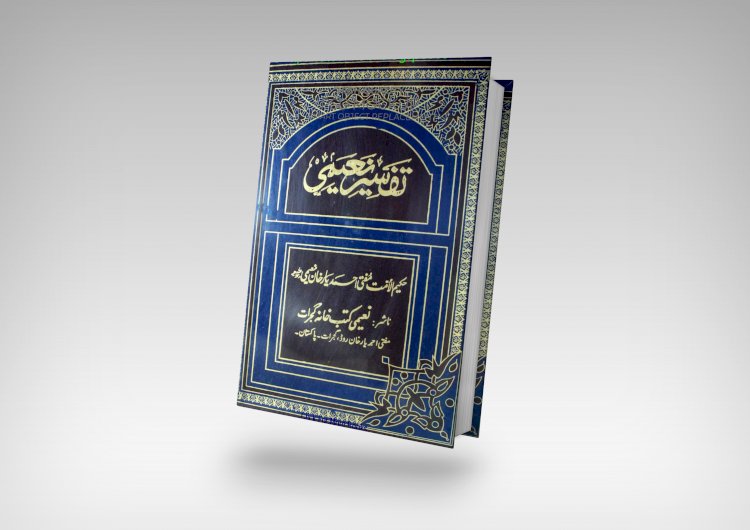



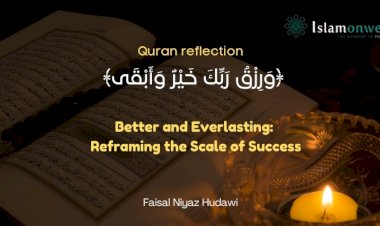
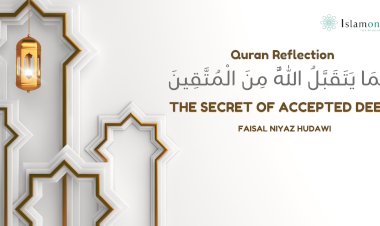
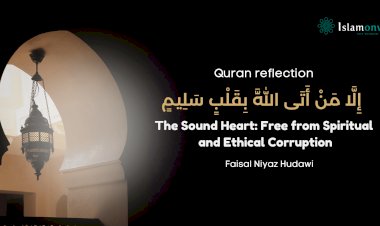

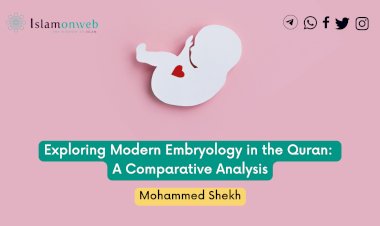














Leave A Comment